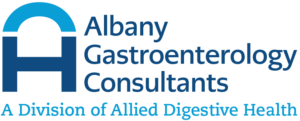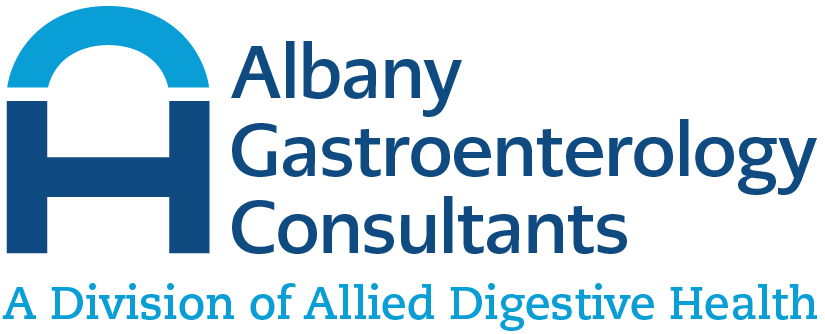What Is Silent Reflux?
Silent reflux is another term for laryngopharyngeal reflux (LPR), which is a gastrointestinal condition where stomach acid travels up the swallowing tube (esophagus), making its way into the throat. LPR is known as silent reflux because it often doesn’t have any symptoms, as opposed to acid reflux or gastroesophageal reflux disease (GERD). Unfortunately, even if there are no symptoms, LPR must be treated by a medical professional to ensure that more serious gastrointestinal problems do not occur, such as ulcers, scarring, and a higher risk of developing stomach cancer.
What Are the Symptoms of Silent Reflux? LPR vs. GERD
Silent reflux often shows no signs or symptoms at all, however, some patients can be symptomatic. LPR often is confused with GERD, as they are both reflux conditions, but GERD has significantly noticeable symptoms. Some of the common symptoms associated with silent reflux include:
- Post-nasal drip
- Asthma
- Sore throat
- Difficulty swallowing
- Bitter taste in the throat
- Hoarseness
- Lump in throat (globus sensation)
These symptoms vary widely from GERD, where common symptoms include:
- Chest pain
- Heartburn
- Bad breath
- Nausea and/or vomiting
- Dry cough
- Regurgitation
- Difficulty swallowing
- Hoarseness only after sleeping
The telltale signs of chest pain and heartburn are what set aside LPR from GERD as far as noticeable symptoms are concerned.
What Are the Causes of Silent Reflux?
Food travels from the mouth into the esophagus and down into the stomach, in a normally functioning esophagus. At the top and the bottom of the esophagus are sphincters, which should prevent stomach acid from finding its way into the esophagus. However, those with silent reflux have sphincter(s) that do not function properly and spasm or either don’t close completely. This could occur in the upper esophageal sphincter (UES), the lower esophageal sphincter (LES), or both.
Am I At Risk for Silent Reflux?
Age is the primary risk factor for developing LPR, however, lifestyle choices and other factors can increase your risk of developing silent reflux. Overeating, obesity, and poor diet can contribute to LPR. It is a myth that spicy food causes either LPR or GERD, but it can exacerbate symptoms in patients with these conditions. Also, moderate-to-heavy alcohol use can heighten your risk of developing LPR, as well as smoking tobacco or drinking caffeinated beverages. Patients may also have contributing physical factors, such as a deformed UES or LES, or a problem with emptying the stomach. Also, both LPR and acid reflux are common in pregnancy.
How Is Silent Reflux Diagnosed?
It is difficult to diagnose many patients with silent reflux, as they are asymptomatic. However, if you are experiencing LPR symptoms, such as a sore throat or difficulty swallowing, you should consult your gastroenterologist. Many GI symptoms are common across conditions, so it’s wise to contact your health provider if you have gastrointestinal disturbances that last more than a day or two.
Silent reflux can be diagnosed using endoscopy. After you are sedated using anesthetics, your physician will insert a long, thin tube with a small camera attached at the end into your mouth, down your throat, and into the esophagus, stomach, and duodenum (first part of the small intestine). The camera gives your doctor a detailed view of your esophagus as well as all parts of the upper GI tract. Endoscopy can help to confirm or deny an LPR diagnosis. Other tests to look for silent reflux include esophageal pH study and esophageal impedance test.
If it appears that LPR has caused damage in the throat area, such as scarring, your gastroenterologist may refer you to an otolaryngologist (ear, nose, and throat) doctor for some of your treatment.
How Is Silent Reflux Treated?
Silent reflux is treated with many of the same medications that are used to treat GERD. Your doctor may prescribe one or more of the following if you have a diagnosis of LPR:
- Antacids (may be purchased over the counter)
- Proton pump inhibitors
- H2 blockers
Antacids and some PPIs are commonly available over the counter, while PPIs andH2 blockers are prescribed by your physician. The mechanism of action of these medications is slightly different, but the goal of all of them is to either prevent the creation of stomach acid or to reduce stomach acid overall.
Because lifestyle choices can worsen silent reflux, your provider may advise you to make some changes to minimize or eradicate the symptoms of LPR, if you have any. If you do not have symptoms, but just received an LPR diagnosis, it’s important to make the lifestyle switches as well. LPR can still cause scarring and damage without treatment, particularly in children.
Your gastroenterologist may advise you to prop your head up while sleeping and to stop consuming food and beverages three hours before you go to sleep. Those with LPR (and GERD) are advised to limit spicy foods, citrus fruits, acidic foods (such as spaghetti sauce), chocolate, and fried foods. Your provider may also ask you to keep a food diary so you can identify what foods trigger your reflux. Lastly, if you are a smoker, your provider will urge you to quit. Beyond the other health risks of smoking, it also exacerbates sLPR, GERD, or acid reflux symptoms.
Can I Prevent Silent Reflux?
If you do not have an LPR diagnosis but are concerned about developing it, you can make lifestyle changes before symptoms or scarring develops. This includes limiting the trigger foods listed above, propping your head while sleeping, and not eating immediately before bed. If you are overweight or obese, your physician may suggest a diet and exercise program to get to a healthy weight. Also, alcohol and caffeine trigger reflux. Those with LPR, GERD, or acid reflux should limit their caffeine and alcohol consumption or abstain to prevent further complications.

